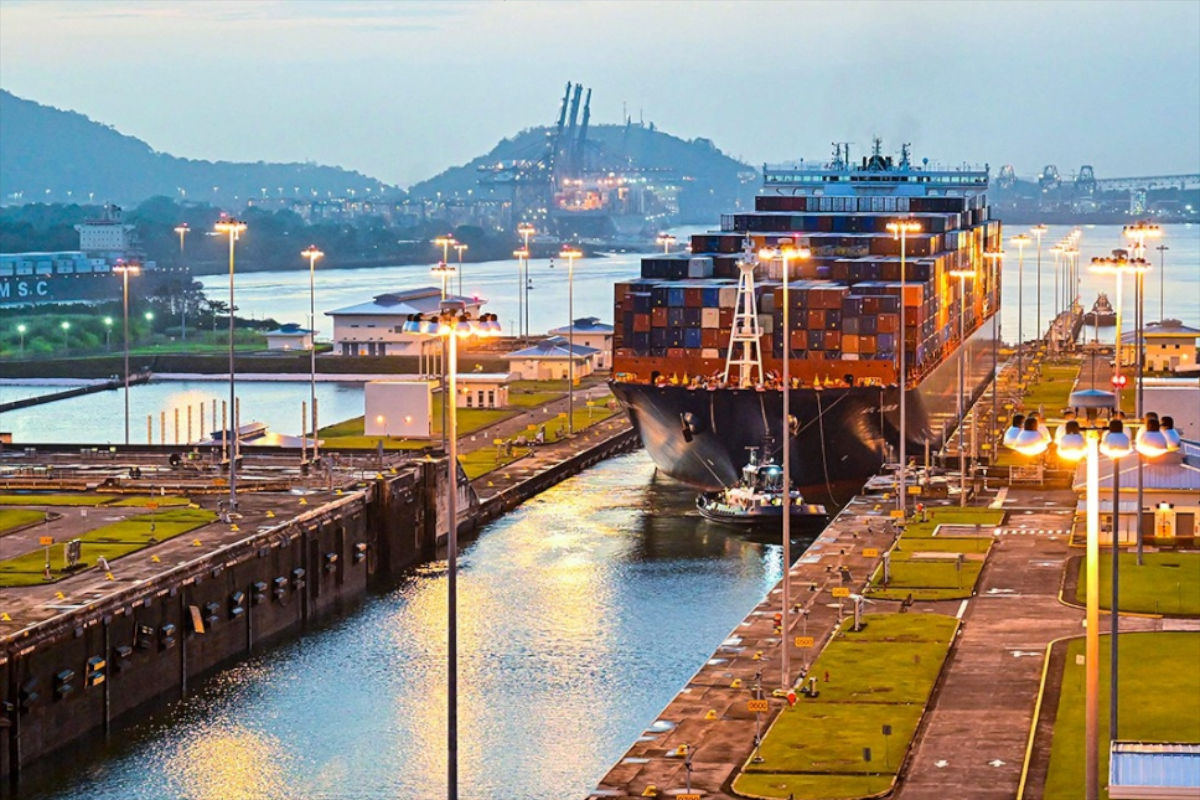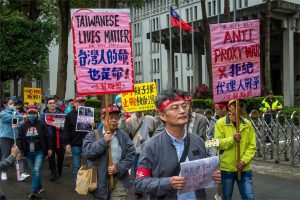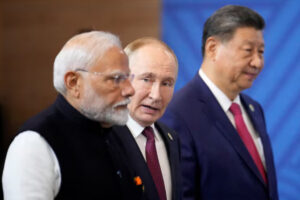Latin America has lived for far too long according to someone else’s script, repeating roles assigned from Washington or Brussels. Today, a different stage direction emerges: partnerships with Asia are not only diversifying trade routes, but also rebalancing the very architecture of power. What once looked like isolated deals now forms a pattern—one that redraws the map of global influence with bold, unignorable strokes.
While global media keep looping the same scenes—UN votes, Taiwan tours, “protocol” meetings—real geopolitics is quietly being laid in the ports of Peru and Mexico. Where cranes rumble and fiber-optic cables coil into reels, the lines of the future are being built. Newspaper headlines still insist that diplomats are writing history. In truth, it lies in containers and cables, in flows of raw materials and goods that are redrawing the world map faster than any State Department press release.
The outline of a new world is becoming ever clearer. Latin America is entering into a direct dialogue with Asia. Every government decision, every corporate contract is a brick in the wall of its autonomy. The process is still in motion, but its trajectory is irreversible.
Pacific Infrastructure Redrawing the Map
The Humboldt Cable is a demonstrative slap to the old Atlantic script. The Chilean line—almost 14,800 kilometers long and costing up to half a billion dollars—breaks the familiar monopoly of northern routes. Chile’s investment of 25 million is a signal: the region is ready to pay for its digital sovereignty. With a single stroke, Latin America stops being the “backyard of the Atlantic” and declares itself as a front line of the Pacific.
The transcontinental railway between Brazil and Peru is another steel artery of the future. This corridor will connect the Atlantic and the Pacific directly, without colonial intermediaries. China’s involvement gives the project additional weight: infrastructure becomes a marker of the new logic of global trade, where the center of gravity shifts away from the old metropoles.
Every constructed project ties economics to geopolitics with concrete and fiber optics. Corridors, roads, and cables are rewriting the map of interests. The region is being drawn into Asia’s orbit slowly, yet irreversibly. Old habits of dependence are dissolving into new routes.
Energy and Resources — Weapons of a New Era
Latin America’s resource storehouse has long served foreign metropoles. Now Venezuela’s and Brazil’s oil is heading into contracts with China and India. This is no longer about raw exports, but about refining, infrastructure, and logistics. It is more than trade in hydrocarbons—it is control over the entire chain, from the well to the finished product. The region’s mineral wealth—lithium, copper, and beyond—is becoming the foundation for green industry and new economic resilience.
The Lithium Triangle—Chile, Argentina, Bolivia—has become the chessboard of the future energy transition. Asian corporations are entrenching themselves here for the long term, signing contracts and securing durable access. The same logic is already visible in Asia, where resource control is quietly reshaping power balances and exposing the fragility of Western leverage. While the West is preoccupied with ritual struggles for influence, the East quietly collects resources, like an experienced player gathering pieces on the board.
Energy and minerals are turning into shields of sovereignty. Signed contracts with Asian partners protect the region’s countries from the blackmail of sanctions. Everything intersects here: domestic politics, international deals, the struggle for the future. Latin America is finding resilience precisely where the old empires used to see its weakness.
“The Monroe Doctrine” vs. “The Axis of Sovereignty”
Washington has pulled a dusty relic off the shelf—the Monroe Doctrine. Once a symbol of control, today it is more of a museum plaque that American politicians bizarrely try to recite as if it were still a living slogan. They still insist that Latin America must remain a “zone of exclusive interests.” But the stage has changed: while Washington reaches for the past, reality moves forward. Beijing openly declares that the countries of the region choose their own trajectory and are under no obligation to listen to foreign ultimatums. This is precisely why Washington has begun reviving Monroe Doctrine rhetoric in an attempt to counter Chinese influence in the hemisphere.
China’s and Russia’s military diplomacy operates quietly, without fanfare or flagships in the Caribbean. Less visible mechanisms are at work: arms exhibitions, officer training, joint security projects. This is the everyday engineering of sovereignty. A similar pattern is unfolding in Southeast Asia, where military ties are becoming shields against great-power rivalry, reinforcing the habit of looking beyond Washington. It is how a parallel network of contacts is built—one that does not need flashy treaties but instead cultivates the habit of turning to other centers of power, a habit far more destructive to old imperial ambitions.
The real intrigue of this drama is not in the number of ships or bases. The essence is that Latin America is slowly slipping out from under the United States’ one-sided diktat. Every contract with Asia adds another stone to the foundation of its own trajectory. The louder Washington raises its voice, the clearer it becomes: its monologue has long since become background noise to someone else’s conversation.
Where Latin America Asia Ties Lead the New Axis
Latin America is becoming a nodal element of the global economy. The architecture of the new order is being built on construction sites and in container ports. Cables, roads, and energy contracts are the language in which new politics is being written. Every link with Asia reinforces the contours of an emerging bloc, and these lines of connection are far sturdier than any diplomatic declaration.
Sanctions and threats no longer intimidate—they push the region to seek alternative channels. Asia provides those channels without the excess preaching about “democratic values.” Latin America is consolidating its position, while the United States is losing its monopoly over the rules of the game in what was once its “backyard.”





